How Long Have Jeep Trucks Been Around?
The first Jeep came about as a military vehicle in the 1960s, became a civilian car shortly after, and introduced the Cherokee in the 1980s.
This article is more than 2 years old
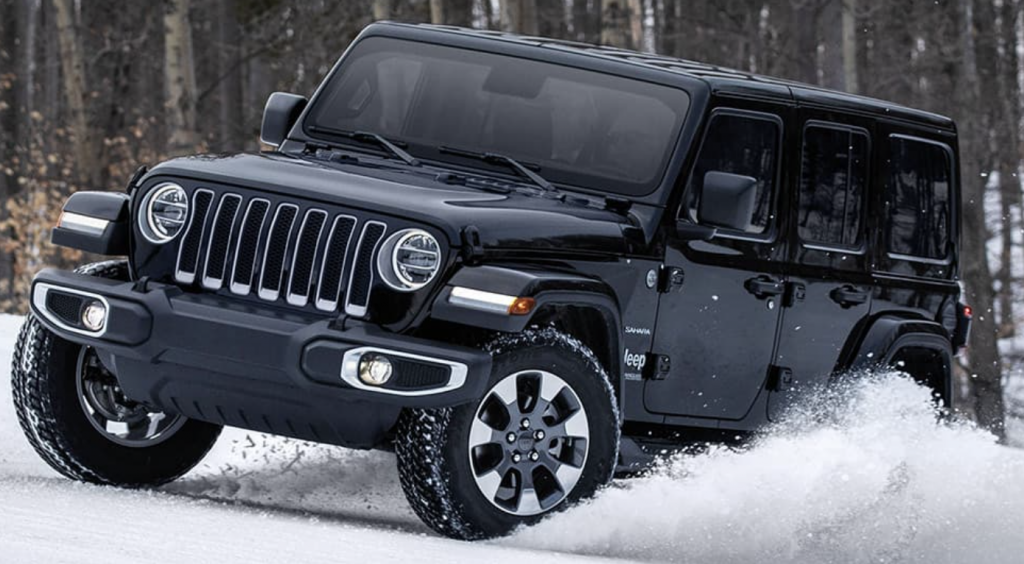
In terms of motor vehicles, the word Jeep is synonymous with Americana. In fact, Jeep is almost as American as cars can get. Perhaps, they can only truly be rivaled by the likes of Henry Ford and his Model T.
The history of the Jeep is deeply rooted in the throes of World War II, and its post-war transition to being driven by the general public has given way to generations of Jeep enthusiasts who invest themselves entirely in the brand. In fact, there is a rich subculture that developed solely out of the sheer love that people have for the brand and its cars.
So, how long has this automotive icon really been around? And how did it come to garner the enduring adoration and acclaim that it has from its drivers today?
JEEPS FIRST CAME ABOUT IN THE 1940s AS MILITARY VEHICLES
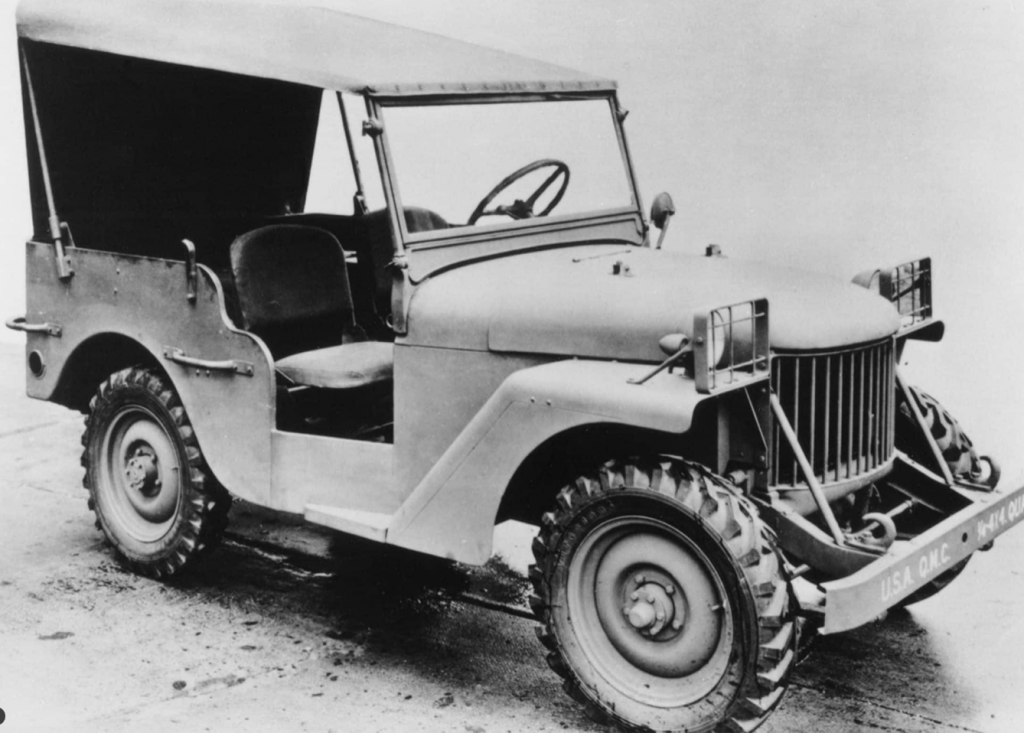
The word “jeep” is older than the vehicle itself. Jeep was a slang term that was frequently used in the Military to refer to a new recruit or a new army-specific automobile. For instance, Hummers used to be called “jeeps.” The Jeep, as it would come to be known, came out of a need for a lightweight but rugged and capable vehicle that the US Army could easily transport overseas and utilize in fighting the ongoing war.
In mid-1940, as soon as it became apparent that US troops were going to be headed overseas, the Military contacted 135 different automakers, imploring them to come up with prototypes of a vehicle that met their desired specifications.
Of those 135 companies, only two responded. Those two companies were Willys-Overland and the American Bantam Car Company. The Military gave those two companies a window of only 49 days to deliver a fully functional prototype. Willys initially said that they couldn’t do it and walked away. Bantam, regardless of being a much smaller company than Willys, stepped up to the plate.
Bantam began work on blueprints for their prototype on July 17, 1940, and delivered completed blueprints to the Army just five days later on July 22, 1940. After delivering the blueprints, Bantam went to work on actually building the car, which they completed on September 23, 1940. They called it the Bantam Reconnaissance Car (BRC). The Military liked Bantam’s model, however, they didn’t have confidence in Bantam’s ability to output the number of cars that they would need, due to the company’s small size.
Because of their lack of faith in Bantam, they contacted both Ford and Willys, gave them all of Bantam’s schematics, and asked them to build their versions of that original design.
By 1941, both Ford and Willys were actively producing what they were now calling Jeeps. And despite the Military’s lack of confidence in Bantam’s abilities, they did assist both Ford and Willys with assembly. Bantam ultimately built around 2,700 Jeeps.
CJs WERE THE FIRST JEEPS FOR CIVILIANS
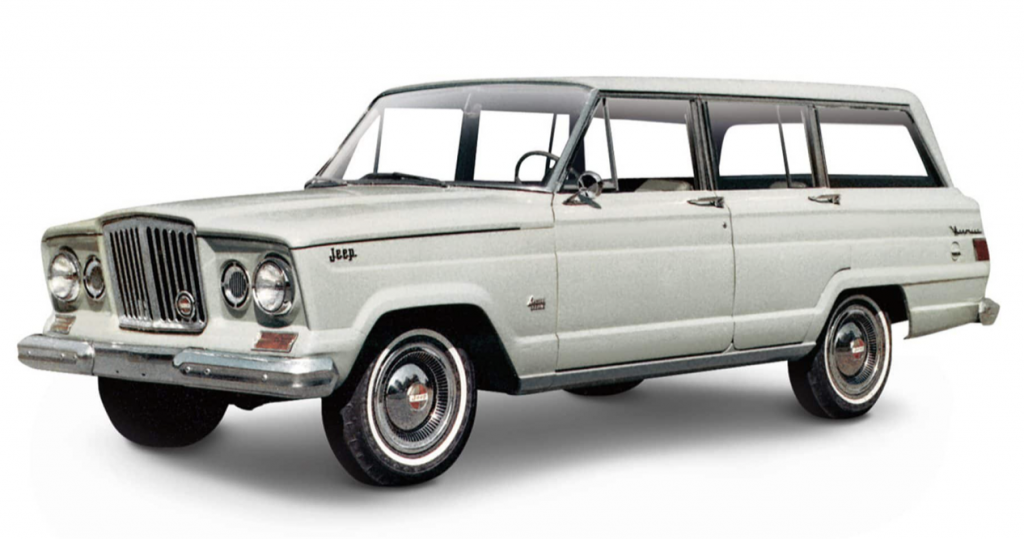
After the war, Willy’s wanted to find a way to capitalize on the Jeeps they had been building. In 1945, Willy’s began producing what they were calling Civilian Jeeps or CJs at their headquarters in Toledo, Ohio. These first CJs known as the CJ-2A were improvements over their military counterparts and were the very first to be branded with the Jeep insignia.
After the release of the CJ-2A, Willys followed up by offering a station wagon version of the Jeep in 1946, and then a pickup version in 1947. Willy’s saw moderate success from the sales of Jeeps in the decades that followed. And because, according to the book Jeep: The History of America’s Greatest Vehicle, “…the Army left Jeeps all over the world…,” the company was able to garner a large overseas market for the vehicles, as well.
However, despite Willy’s dedication to continually evolving the brand, they came out with the now-classic Wagoneer in 1963 followed later that year by the recently revived Gladiator, the company never developed into a solidly run business.
Back in 1953, they were acquired by Kaiser Manufacturing, and the very year that both the Wagoneer and Gladiator were released Kaiser officially dropped the name Willy’s from the brand. They officially became Kaiser-Jeep Corp. That didn’t last too long, because in 1969, American Motors purchased the brand.
THE JEEP CHEROKEE WAS RELEASED IN 1984
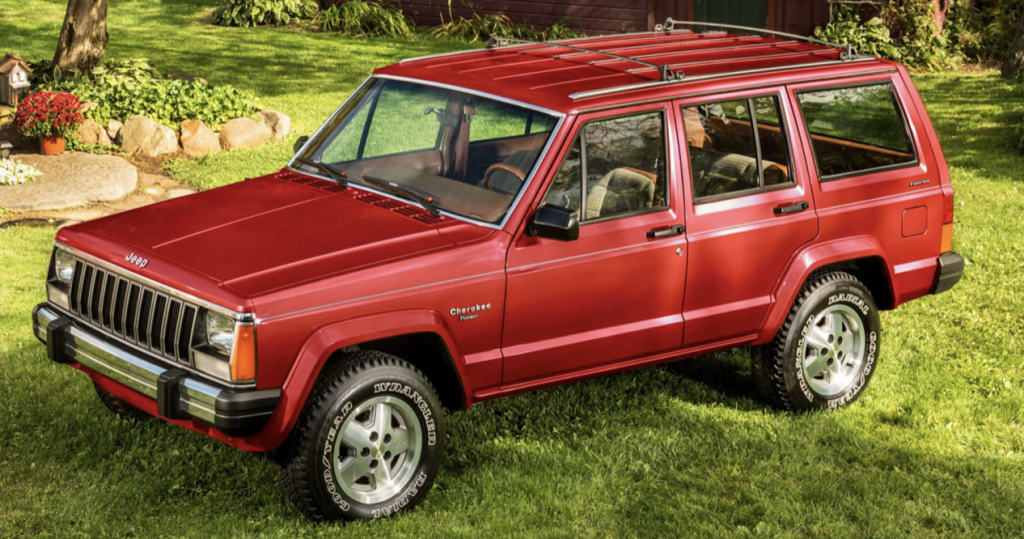
Under American Motor’s ownership, Jeep released one of its most iconic models – the Cherokee, a name that is still synonymous with the brand today. The XJ Cherokee was first released in 1984 and its design was unique in that it was the first SUV to ever feature a unibody design. Perhaps what solidified its success though was that it took inspiration from those very first Jeeps used in WWII. The Cherokee’s initial design stayed in production for nearly two decades. The XJ saw its very last production run in 2001.
In 1987, American Motors was purchased by Chrysler Corp for $1.5 billion and self-proclaimed Jeep lover Lee Iacocca took control of the wheel. He was quoted saying, referring to Chrysler’s acquisition of Jeep, “We aren’t just combining our strengths. We’re increasing them.” Iacocca was right and Jeep fever soon set in, even amongst employees.
Former Chrysler employee and Delphi CEO Steve Miller, who authored a book in which he referenced the Jeep called The Turnaround Kid, wrote that merely months after Chrysler got Jeep that “The parking lot outside our office looked like a Jeep dealership.”
Chrysler is the company that rode Jeep into the new millennia. They focused on improving existing models like the Wrangler. In 1993, they introduced the now-iconic Grand Cherokee, and later down the line introduced the exceedingly popular four-door version of the Wrangler called the Wrangler Unlimited.
However, they did have some failures along the way with the first iteration of the Compass and the now-defunct Patriot being two of the most forgettable.
FIAT RESCUED CHRYSLER AND SAVED THE JEEP
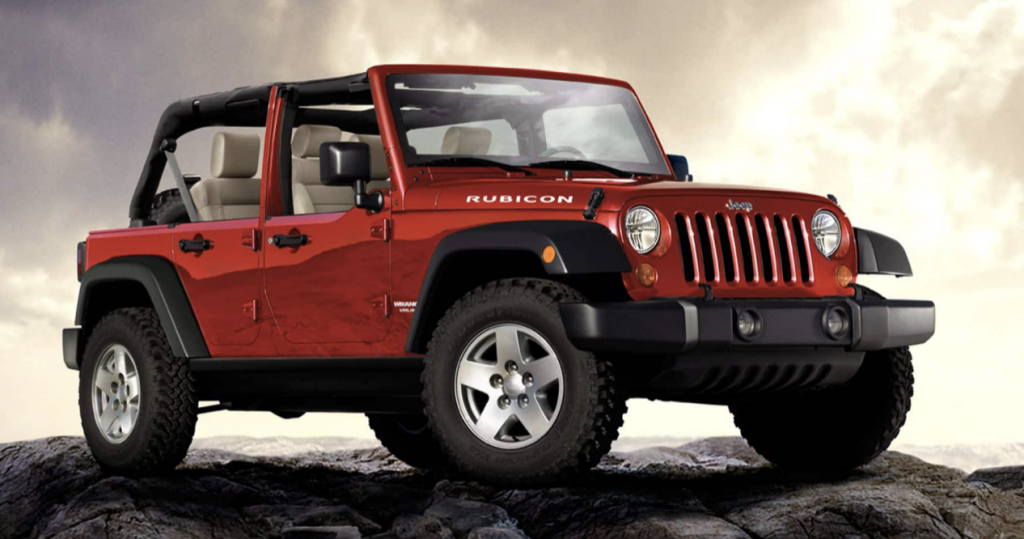
Today, the Jeep brand is stronger than ever. After Italian automaker Fiat essentially rescued Chrysler from financial ruin in 2009, they began to completely overall Jeep’s lineup by fine-tuning existing models, resurrecting old ones that had the potential to sell well, and introducing some new models to complement the old.
Another important part of Fiat’s strategy is that they refocused Jeep’s business model to appeal to both international and domestic markets, which is something that really had not been done since the time of Willy’s. Thus, by going back to basics, leveraging what worked and improving upon it, and nixing what didn’t, Fiat has lifted the brand to heights that it has never seen before.
From its early roots entrenched on the battlefield to its enduring public presence, the Jeep is a car company not easily rivaled by others. Jeep has truly evolved to become a vehicle that symbolizes tenacity, endurance, and most importantly the ability to adapt to the needs and tastes of an ever-evolving global society – just don’t forget to do the Jeep wave the next time you’re driving down the street in one.





